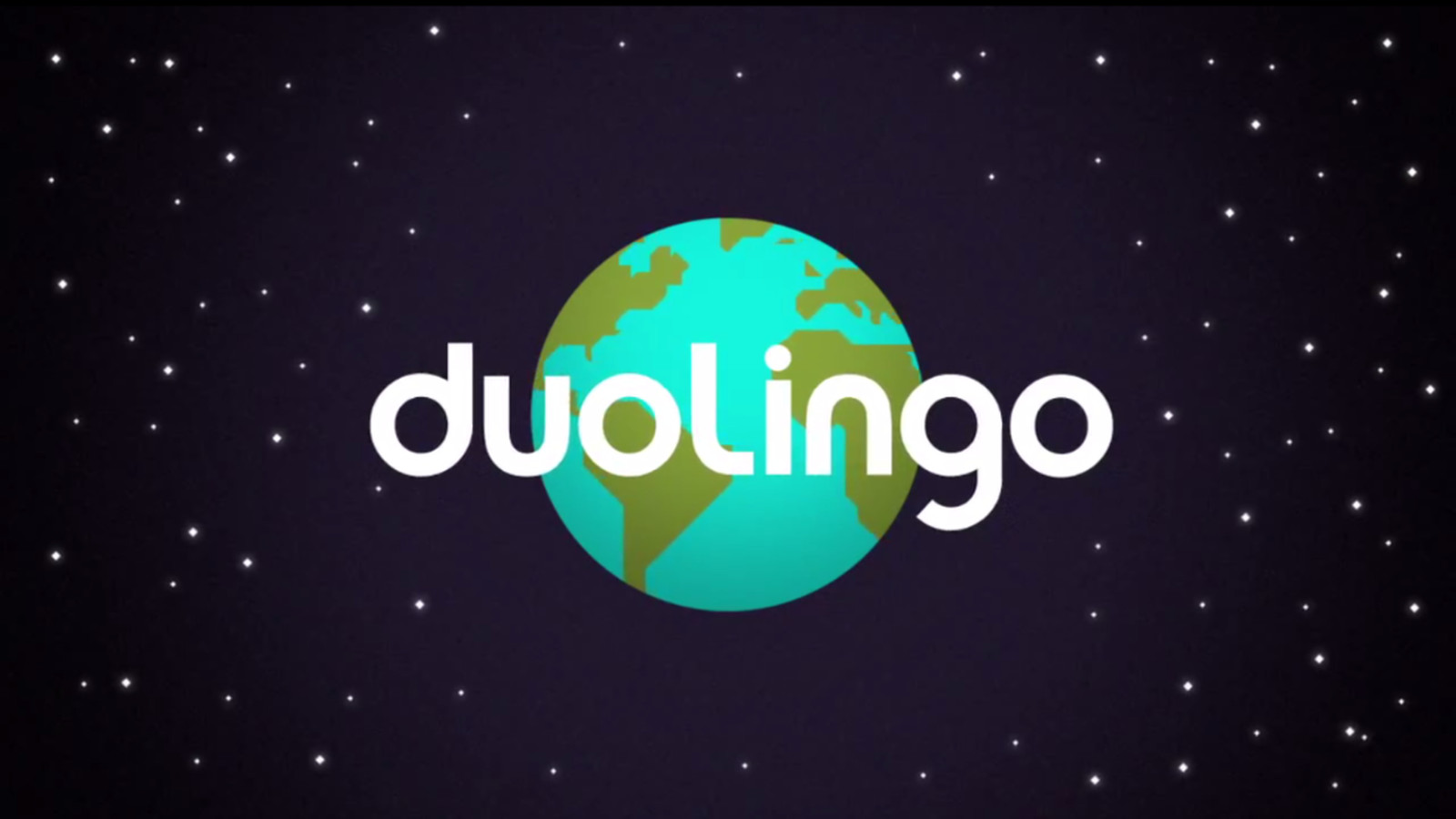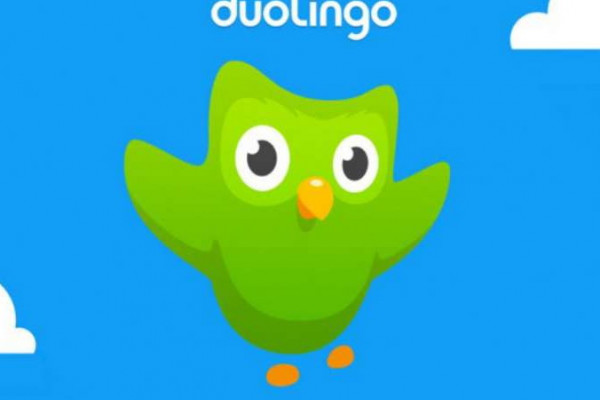


In addition, Google has found that the machine translation hallucination problem has been lessened, making it easier for users to trust machine translations more.Īt the company’s developer conference last month, Google I/O 2021, the company unveiled LaMDA, a new Language Model for Dialogue Applications. Translate increased an average of five or more points across all languages, seven or more across the 50 lowest-resource languages from May 2019 to May 2020, as evaluated by human assessments and BLEU, a score based on the similarity between a system’s translation and human reference translations. Google’s translation breakthroughs didn’t happen because of a single technological advancement, but rather because of the use of various technical approaches aimed at providing translations for low-resource, high-resource, general quality, and overall processing speed.

The company’s developments have considerably improved the user experience in the 108 languages supported by Google Translate, with an average translation of 150 billion words daily. Since the introduction of Google Translate 13-years ago, methodologies such as neural machine translation, rewriting-based paradigms, and on-device processing have resulted in verifiable improvements in translation accuracy.


 0 kommentar(er)
0 kommentar(er)
